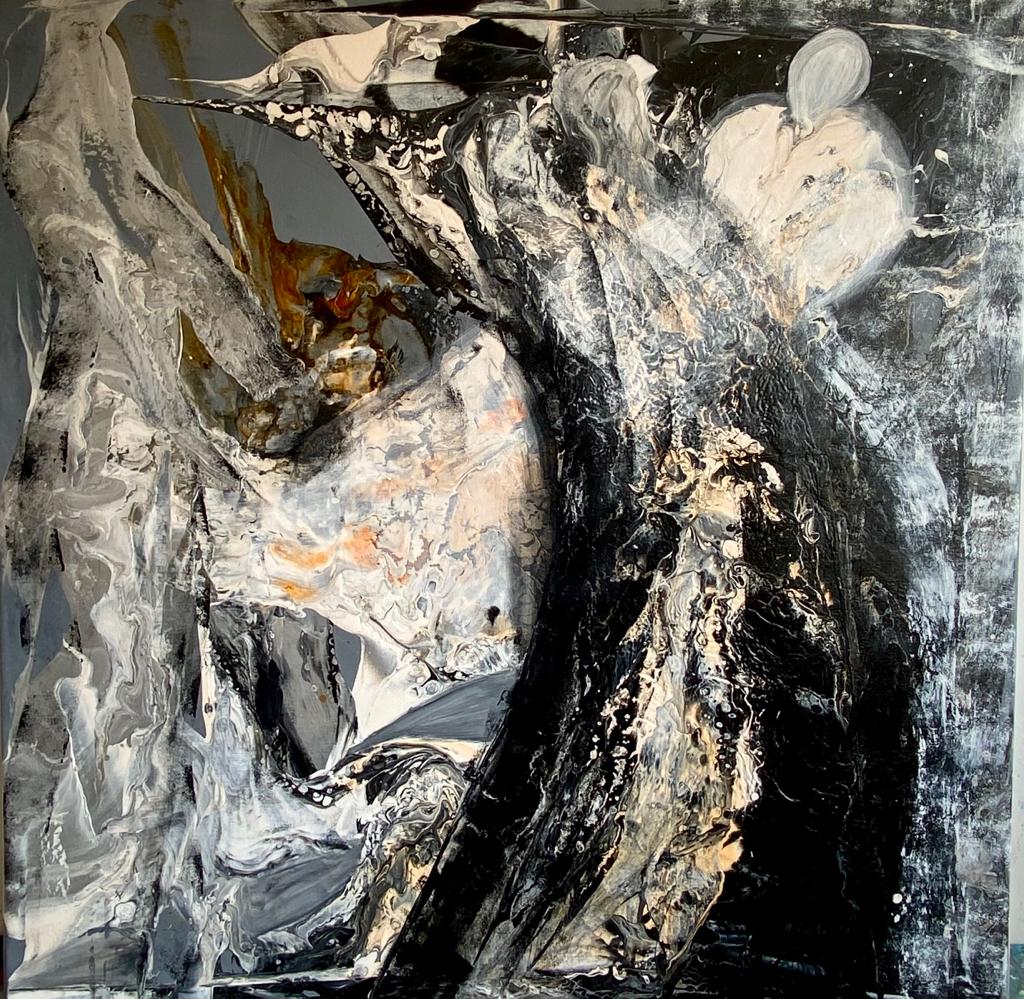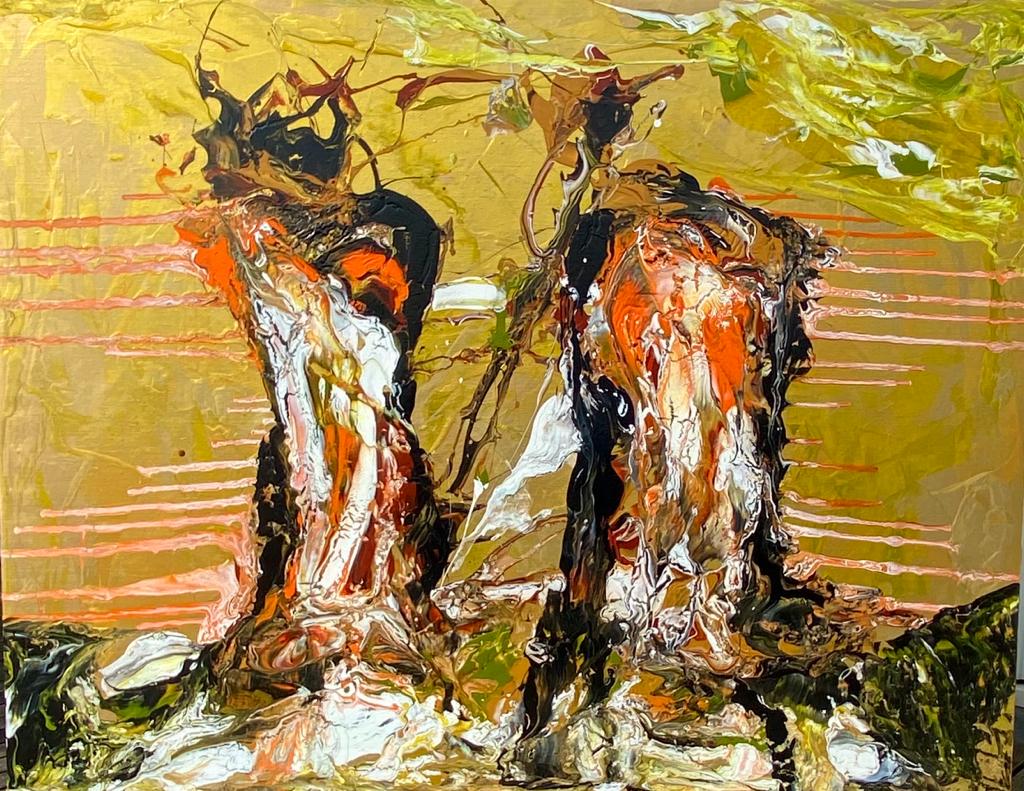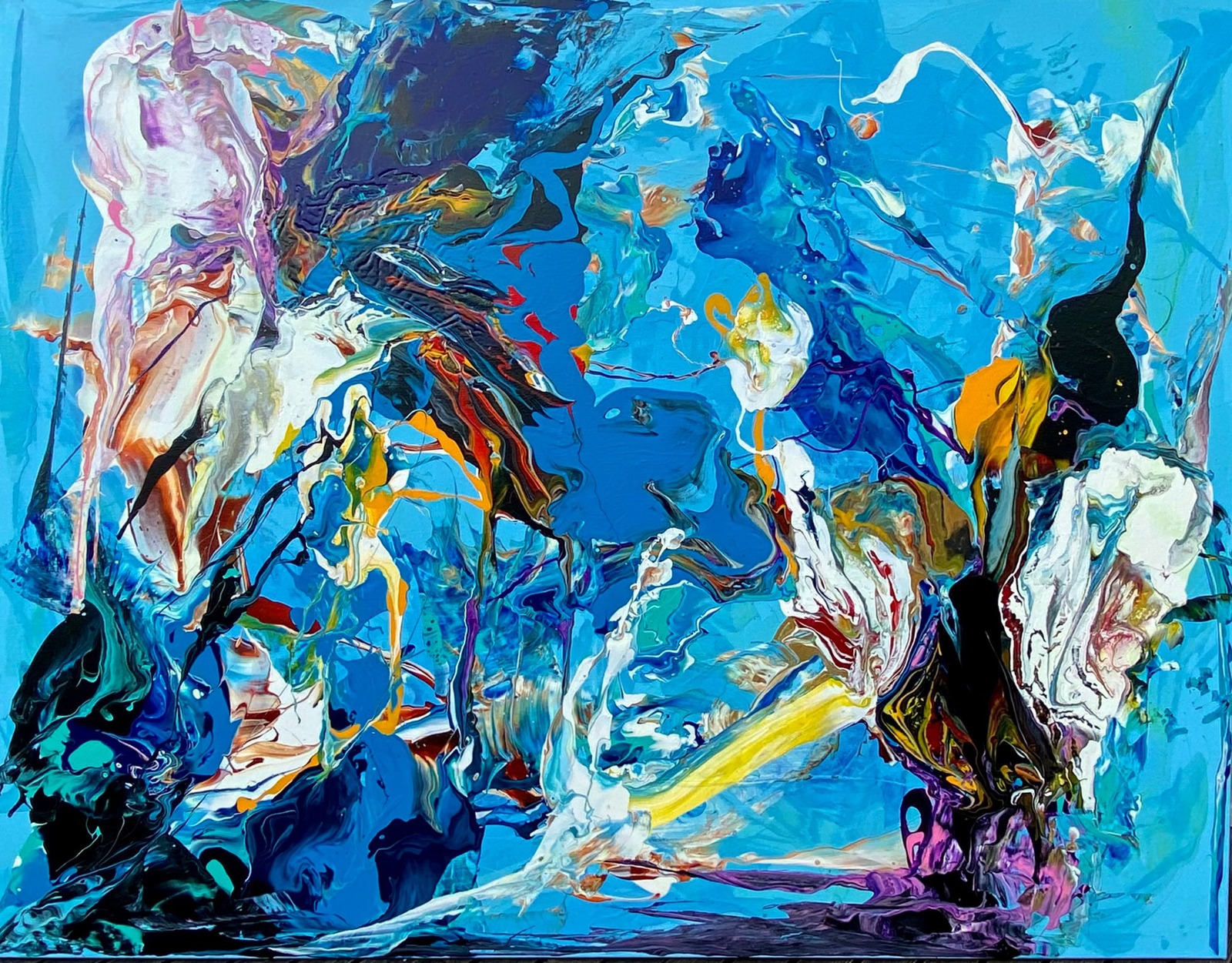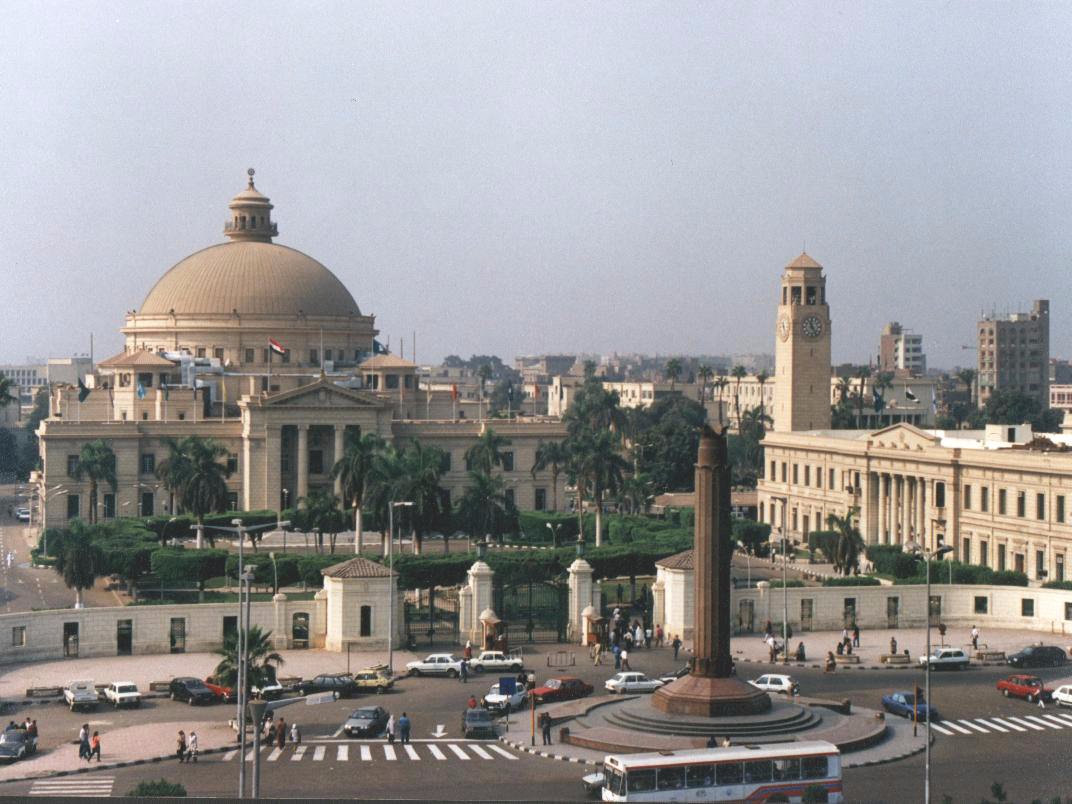
Acclaimed Egyptian abstract expressionist artist Riham al-Adl will be showcasing her work in a solo exhibition at the historic Parc Broekhuizen in Leersum, Netherlands from April 7 to May 25.

The exhibition, titled “Journey”, marks the first time an Egyptian artist has ever been featured at the world-renowned estate.
“We are very excited to feature a solo exhibition for Riham al-Adl’s artworks and to shed light on her as one of Egypt’s rising talents in the contemporary, abstract expressionist art space,” said the General Manager of Parc Broekhuizen, Anita Bos.
“As we continuously strive to combine art with our heritage, contemporary design and the grand nature that surrounds us, El Adl artworks will surely be an added value,” she added.
Based in Amsterdam since 2020, Adl’s abstract, figurative works draws heavily from her roots in North Africa, particularly Egypt and Morocco, alongside her experiences traveling the globe – including to the Amazon rainforest.

“Riham al-Adl’s upcoming exhibition resembles her personality and journey in life – colorful, bold, transformative and adventurous – taking the viewers on an exciting journey that moves them on a celebratory and spiritual level,” said the Culture Ambassador for Parc Broekhuizen, Irene Shreuder.
“Our two cultural programs, ‘Sculptures at the Parc’ and ‘Art at the Parc’ host exhibitions that feature some of the world’s most exciting and well reputed artists,’ Shreuder added.

“It is a huge honor for me to exhibit my artworks at the glorious and majestic premises of the Parc Brokehuizen,” said Riham al-Adl.

“The minute you enter the gates of the estate, you can’t help but feel awe at the beauty of the architecture that dates back to the 15th century. The Main House was previously a castle built in 1801 and the complimenting contemporary interior design that still maintains the heritage of the place, transports you to the time of the noble residents who lived there”.





